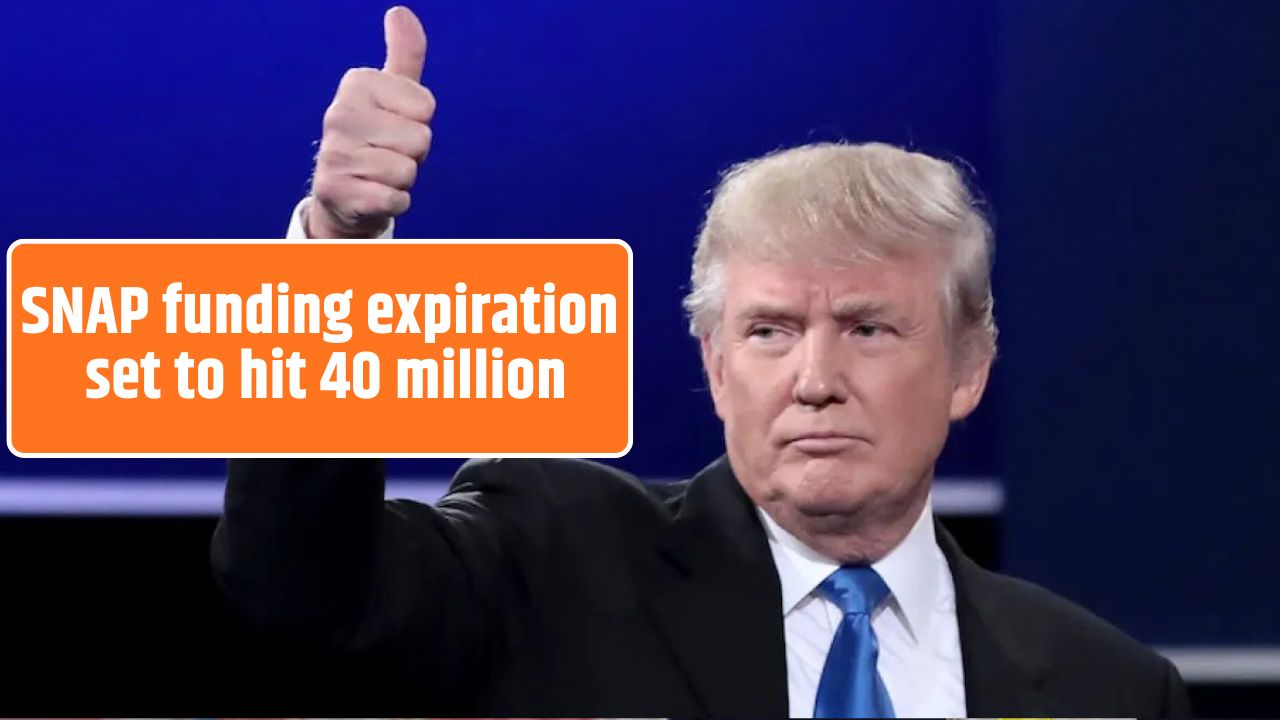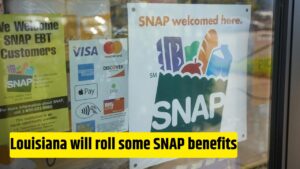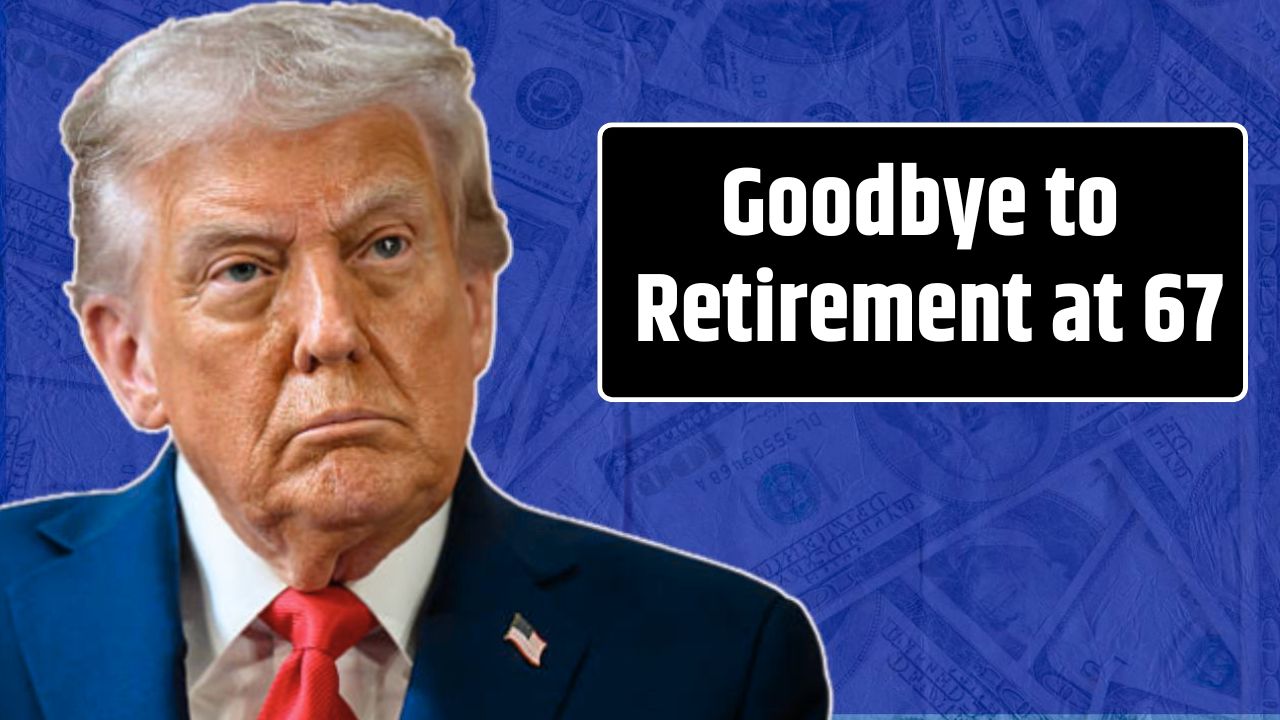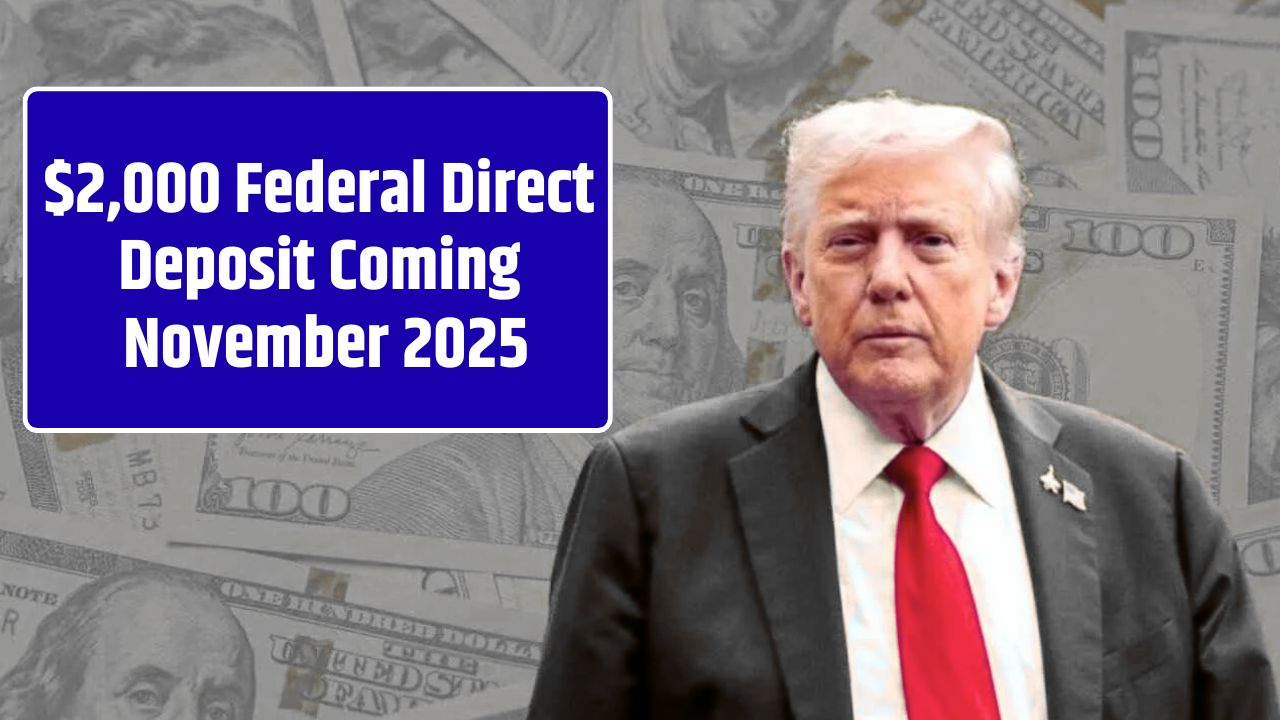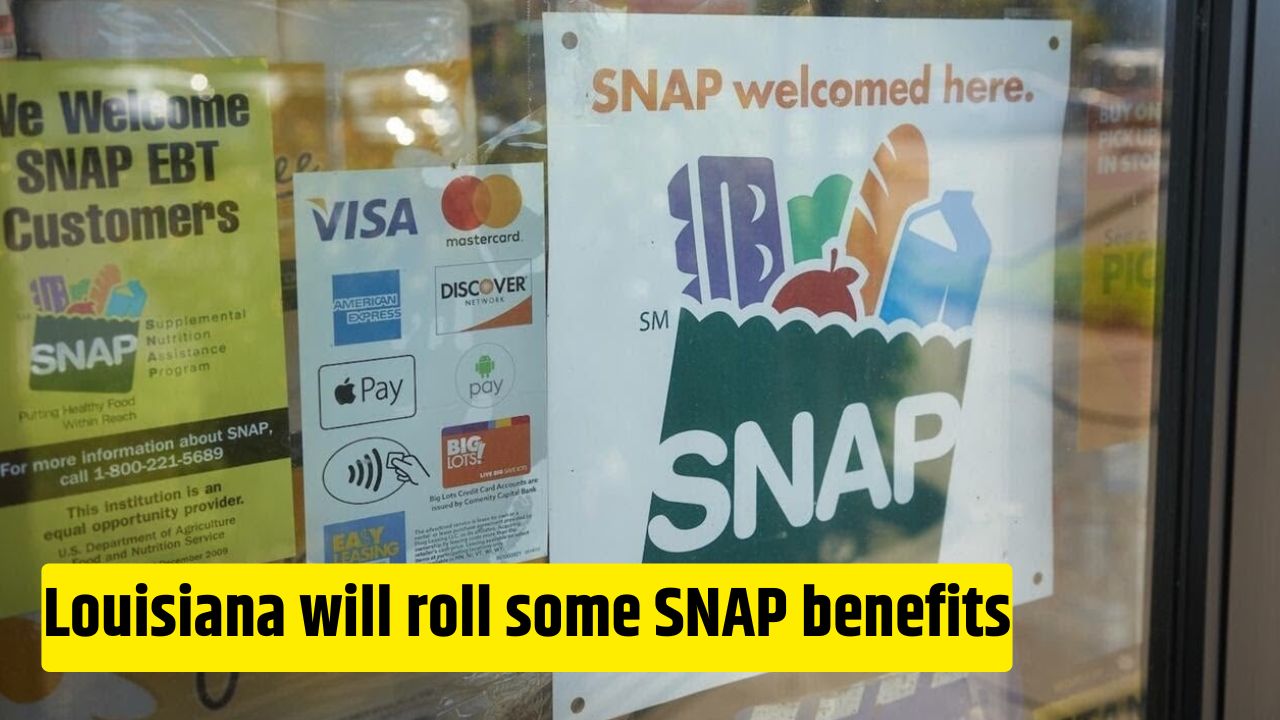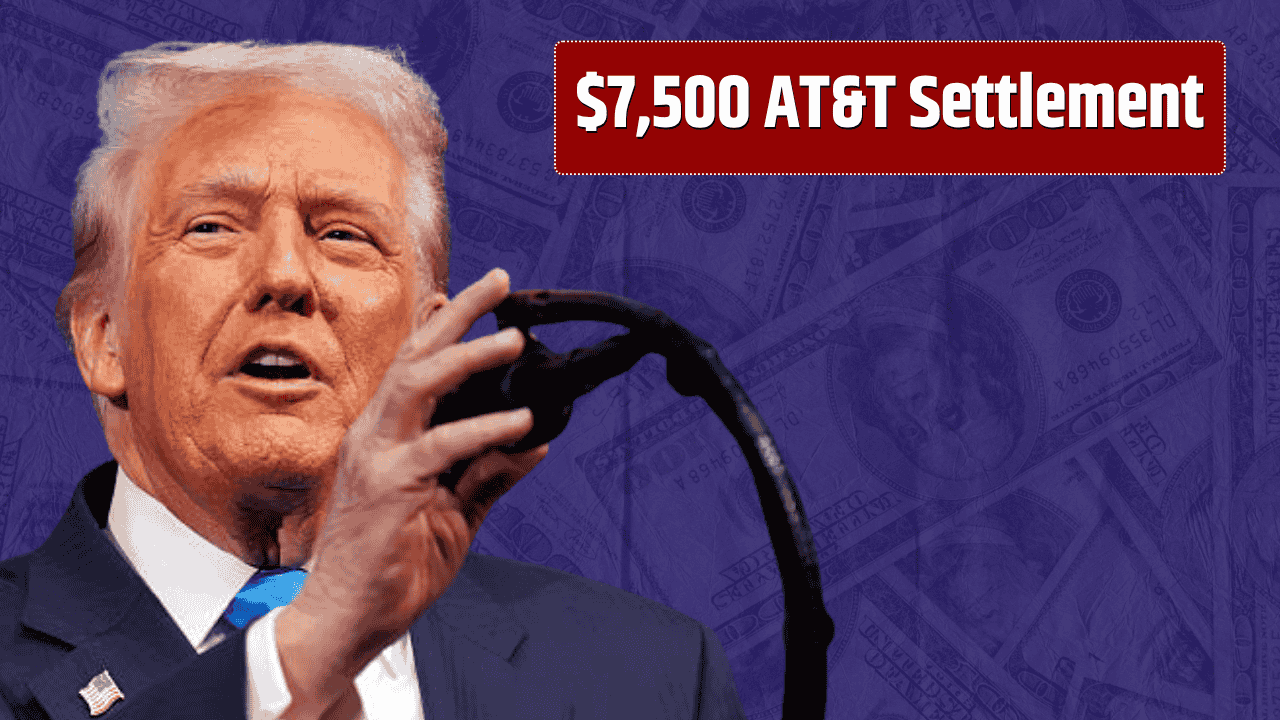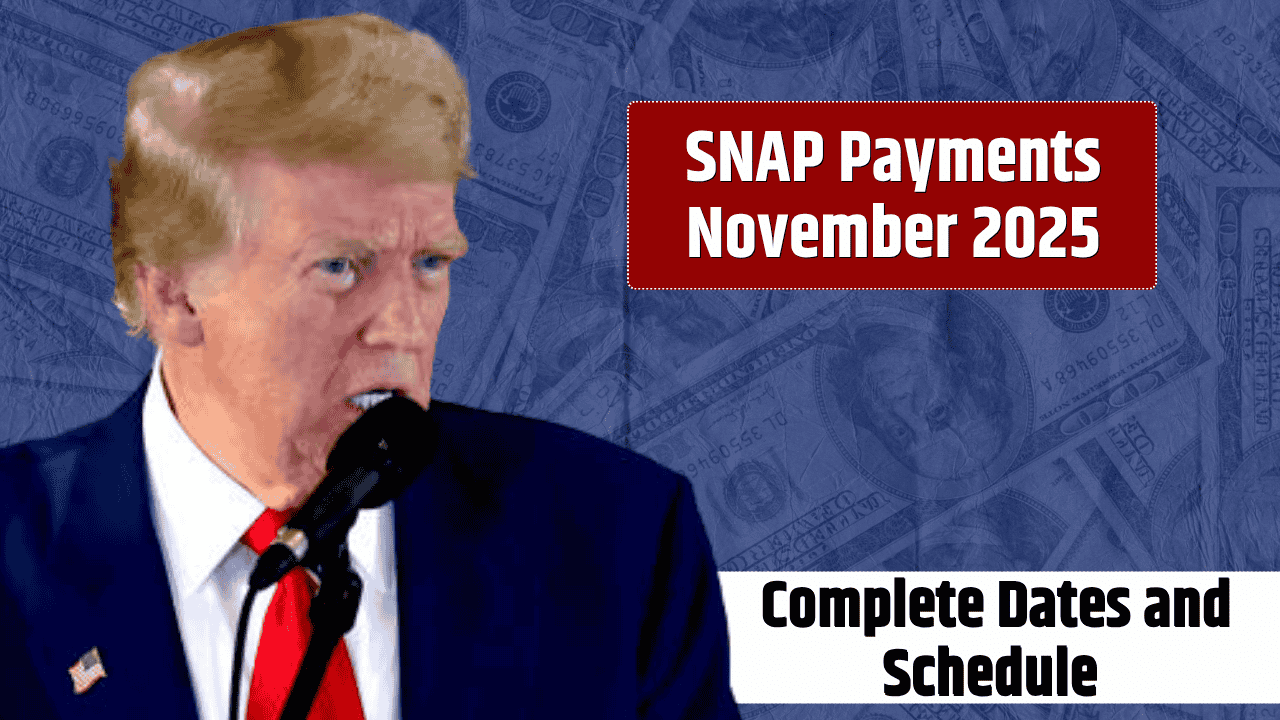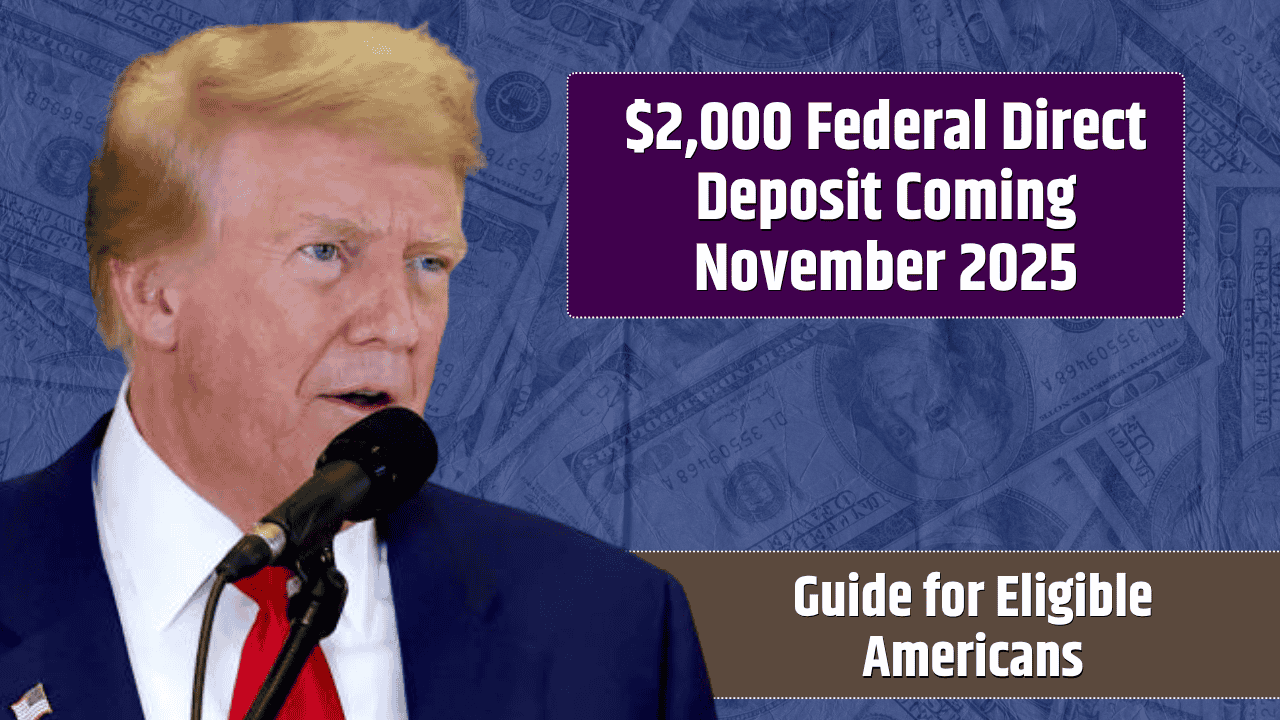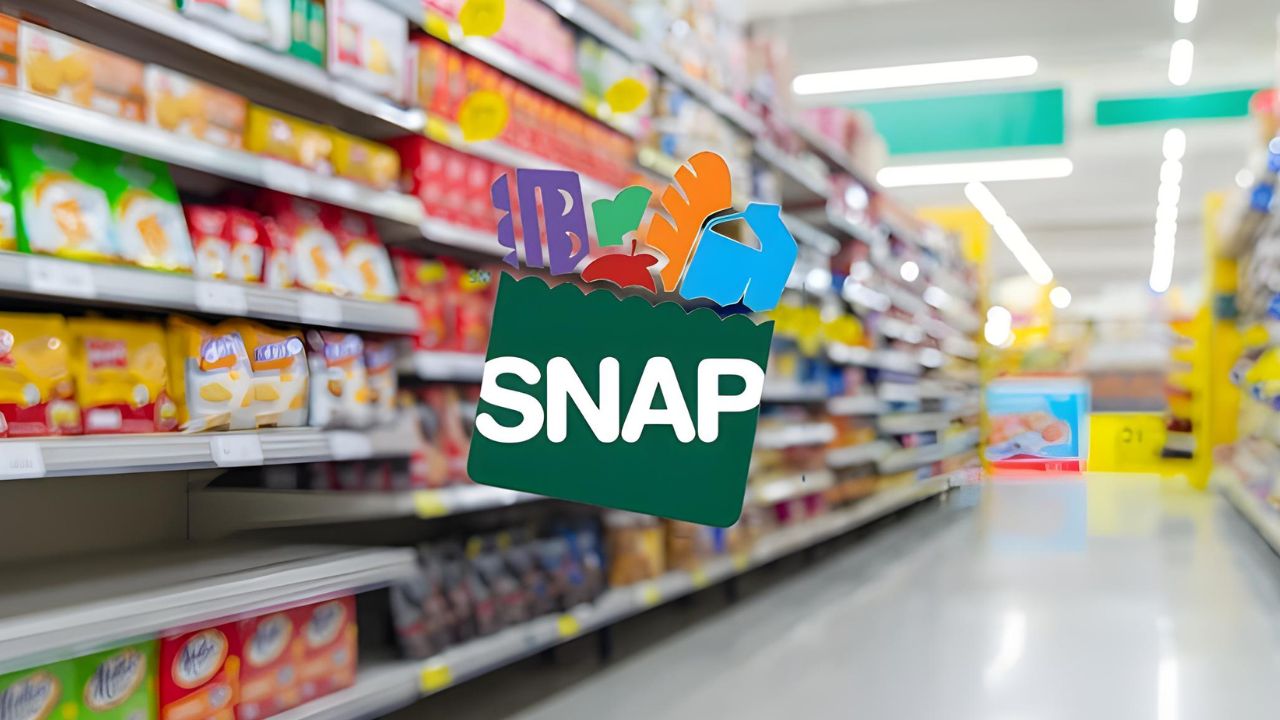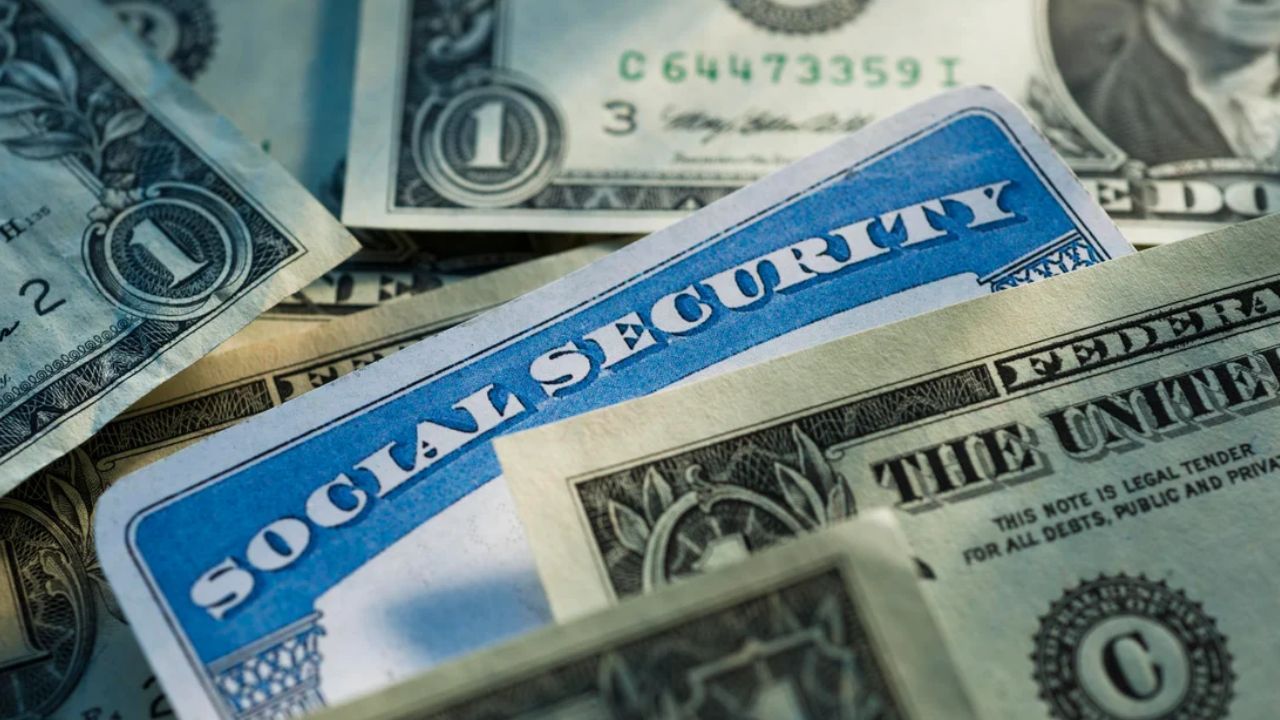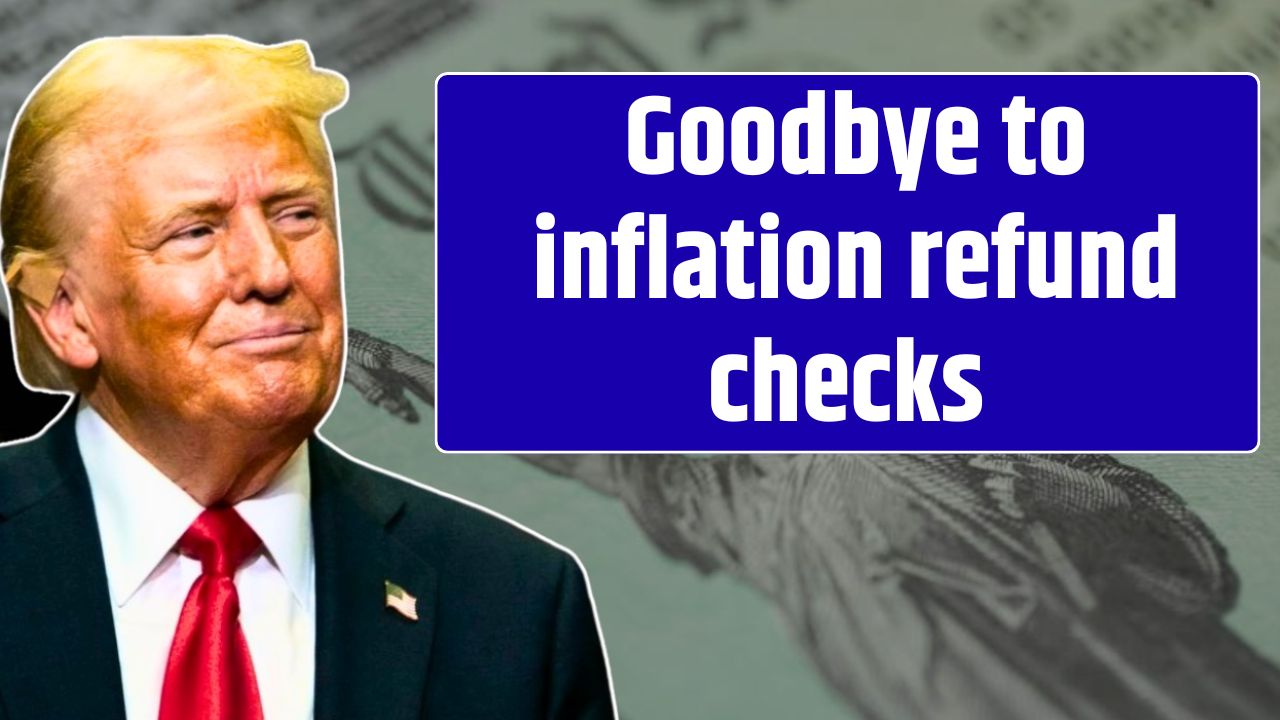By the first week of November, the nation’s largest food assistance program could grind to a halt. More than 40 million low-income Americans — families, seniors, veterans — are bracing for empty EBT cards as the U.S. Department of Agriculture (USDA) signals it will withhold billions in emergency funding if the federal government shutdown drags on.
At stake: roughly $8 billion in Supplemental Nutrition Assistance Program (SNAP) benefits that millions rely on each month to put food on the table. And while Congress already set aside $5–6 billion in contingency money to protect against crises like this, USDA now says it won’t spend it — arguing that a man-made political shutdown doesn’t count as an emergency.
SNAP’s $6 Billion Lifeline — and the Decision to Cut It Off
In a memo obtained by Axios, USDA said its contingency fund is meant for true emergencies — natural disasters, not political ones. “The contingency fund is a source of funds for contingencies, such as the Disaster SNAP program, which provides food benefits for individuals in disaster areas,” the memo reads.
Translation: the department claims it can’t legally use that reserve for a self-inflicted budget standoff.
But that position flatly contradicts USDA’s own earlier shutdown plan. A version published earlier in 2025 — and quietly deleted in recent days — stated that the agency “is legally obligated to pay SNAP benefits during a federal shutdown” using those same multi-year contingency funds.
Now, with that guidance reversed, the USDA’s move appears to be deliberate pressure — aimed squarely at Senate Democrats, who’ve refused to support the Republican-led spending bill to reopen the government.
A Political Standoff With Human Stakes
Agriculture Secretary Brooke Rollins made the department’s stance explicit last week. “You’re talking about millions and millions of vulnerable families … that are not going to have access to these programs because of this shutdown,” she told reporters, adding that the “burden is on Senate Democrats” to end it.
Democrats see it differently — as a cynical attempt to weaponize hunger.
“It could have, and should have, taken steps weeks ago to be ready to use these funds,” said Sharon Parrott, president of the Center on Budget and Policy Priorities (CBPP). “Instead, it may choose not to use them in an effort to gain political advantage.”
The USDA insists its hands are tied. But SNAP supporters — and even some state officials — argue that the law clearly directs the agency to release the contingency funds in emergencies that threaten program operations.
The Math of the Shortfall
| Item | Amount / Estimate | Notes |
|---|---|---|
| SNAP monthly benefit need | ≈ $8 billion | Nationwide for Nov. 2025 |
| Contingency fund balance | $5–6 billion | Left from FY 2024–25 allocations |
| Fiscal 2026 contribution | $3 billion missing | Delayed by shutdown |
| Funding gap | $2–3 billion | Not enough for full November benefits |
Even partial payments could soften the blow. But the USDA has made clear it will not release any of it after October 31, potentially leaving millions without food benefits by mid-November.
States Scramble — With No Federal Backup
SNAP is federally funded but state-administered — and governors on both sides of the aisle are in panic mode.
In Texas, California, New York, and Oklahoma, state agencies have already posted warnings that November benefits could be paused. Some, like Virginia, have announced plans to dip into state emergency funds to keep SNAP running temporarily. But USDA has said it won’t reimburse those expenses later, making that a politically and fiscally risky move.
Many states simply don’t have the money to replace federal food aid — or the legal framework to do it quickly.
The Shutdown’s Expanding Fallout
The SNAP standoff is part of a broader political showdown inside the Trump administration, which has used the shutdown to advance its long-promised goal of shrinking the federal government.
President Donald Trump has repeatedly called the shutdown an “unprecedented opportunity” to eliminate what he calls “Democrat programs.”
“We’re only cutting Democrat programs, I hate to tell you,” he told reporters earlier this month.
Meanwhile, Trump’s budget director, Russell Vought, is reportedly using the impasse to justify new round of federal workforce cuts — a move Democrats say could cripple food and housing programs long-term.
Ironically, the administration has found stopgap cash for some programs. The Special Supplemental Nutrition Program for Women, Infants, and Children (WIC) — which serves about 6 million people — has been temporarily saved using $300 million in tariff revenue. But those funds will run out by November, and there’s no sign of a similar rescue plan for SNAP.
Democrats Cry Foul
House Democrats have accused the administration of manufacturing hunger for leverage.
“This is perhaps the most cruel and unlawful offense the Trump administration has perpetrated yet — freezing funding already enacted into law to feed hungry Americans,” said Reps. Rosa DeLauro (D-Conn.) and Angie Craig (D-Minn.) in a joint statement.
They argue that the contingency fund was specifically designed for moments like this — whether caused by hurricanes or political gridlock.
House Minority Leader Hakeem Jeffries (D-N.Y.) was even blunter:
“That’s the largest SNAP cut in American history. And people are to believe right now that Republicans actually care about hunger when they rip food away from hungry children, seniors, and veterans to give tax breaks to billionaires? Get lost with that.”
A New Layer: SNAP Work Rules Collide With the Shutdown
Complicating matters, the USDA had already been preparing for a nationwide enforcement push of stricter work requirements for Able-Bodied Adults Without Dependents (ABAWDs) starting November 1.
Those same agency staffers are now tied up managing shutdown logistics — meaning many recipients could lose benefits for two reasons at once: time limits on participation and halted funding.
It’s a bureaucratic perfect storm — and one that hits the poorest Americans first.
What SNAP Recipients Should Do
Advocates recommend taking immediate steps:
- Check your EBT balance early. If October funds are still available, budget carefully — November benefits may be delayed or partial.
- Contact your state SNAP office (find yours at fns.usda.gov/snap/state-directory) for the latest guidance.
- Keep documentation of eligibility and recent benefit letters — needed if retroactive payments are later authorized.
- Watch official channels only. Scammers often emerge during benefit disruptions, promising “early reloading” for fees. Ignore texts or emails claiming to restore benefits.
Political Pressure Builds
The USDA’s own shutdown plan from earlier this year — before it was scrubbed from its website — stated that SNAP must continue operating under “multi-year contingency authority.”
That’s the document Democrats plan to wave at the next oversight hearing.
“Congress’s intent is clear,” one Senate staffer said. “SNAP funds are meant to keep flowing, even if the government doesn’t.”
But as the calendar turns and grocery prices remain elevated, that legal argument offers little comfort to those living paycheck to paycheck.
As one Louisiana mother told The Hill: “We’ve been through hurricanes, we’ve been through COVID. But this time, it’s the government itself telling us to go hungry.”
FAQs:
Will SNAP benefits stop completely on November 1?
Possibly. Some states may manage partial payments, but without USDA contingency funds, most benefits will pause by mid-November if the shutdown continues.
Can states cover the gap themselves?
A few, like Virginia, are trying — but USDA won’t reimburse them, and most lack the funds to sustain benefits long-term.
What is the SNAP contingency fund?
It’s a reserve pool Congress authorizes every three years to cover emergencies or short-term disruptions in SNAP operations.

